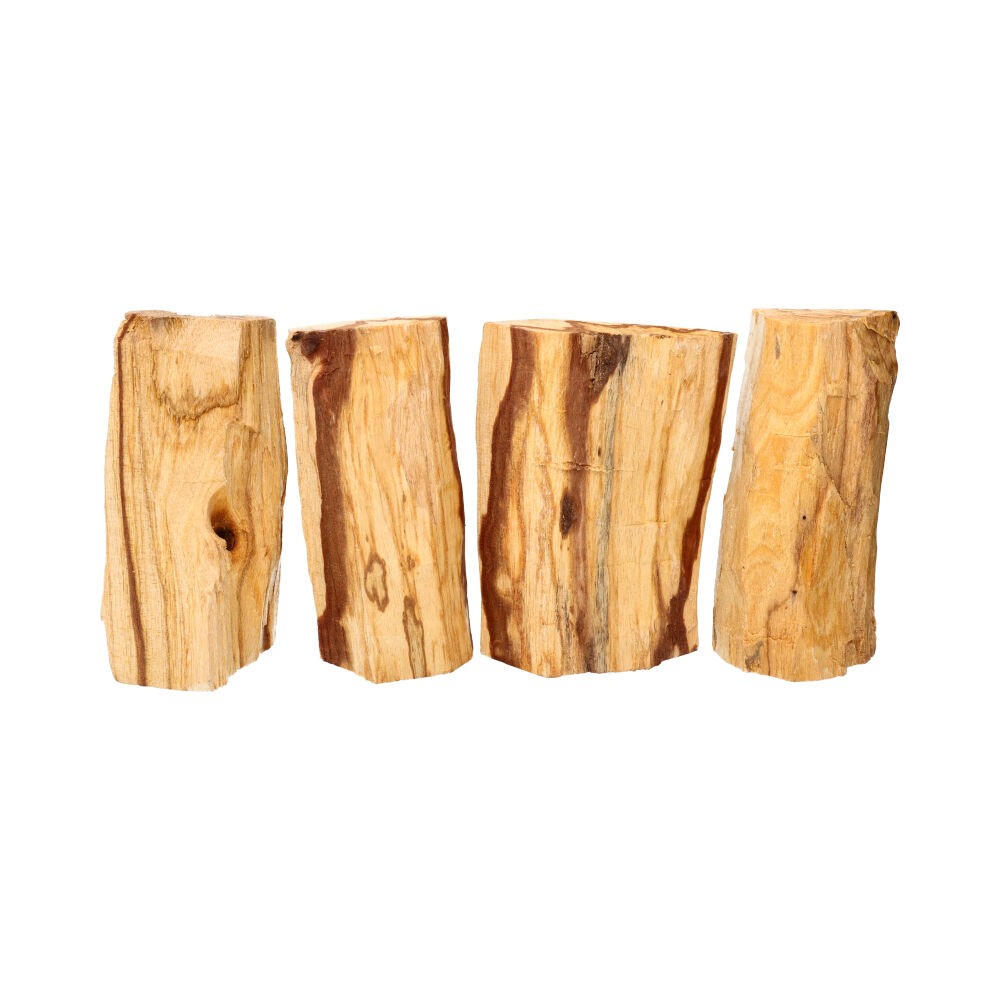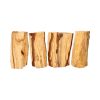Palo Santo 300 gr
24,00€
The Palo Santo tree (Bursera graveolens) is endemic to northern Peru and southern Ecuador. It inhabits dry land ecosystems, dry forests and tropical forests, from sea level to 600 meters of altitude.
Palo Santo has been known for centuries as a magical and sacred plant. It is a medium-sized tree that reaches between 4 and 6 meters in height. Their life expectancy is between 80 to 100 years.
Scientific Name: Bursera graveolens
Origin: Peru
Aroma: Warm, woody, sweet


